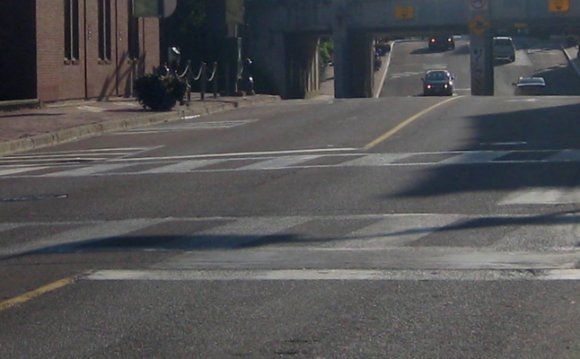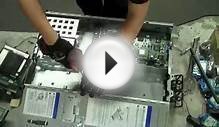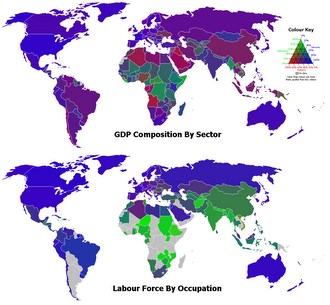|
Possible Solutions for Solid Waste
We do have some sustainable solutions, options that let us meet our current needs and provide for future generations as well. Our most promising alternatives are waste reduction and recycling.
Waste Reduction: Stop Throwing Things Out
A simple and obvious choice is to cut back on the amount of waste by using and throwing out less in the first place. Some states have adopted regulatory strategies to discourage dependence on landfills. In 1990, for example, California enacted a law that established a baseline for the amount of solid waste its cities and towns send to landfills. By 1995, that amount was to be reduced by 25 percent; by the year 2000, by 50 percent. California now diverts more than 25 percent of its waste, resulting in disposal of approximately 33 million tons per year. Such heavy cuts are usually accomplished by recycling.
Waste Reduction: Use Less Packaging
Packaging is one of the major sources of waste paper and plastics. According to EarthWorks Groups, it accounts for approximately one-third of all the garbage Americans send to landfills. Packaging should be minimal. Its production should be environmentally clean and it should be made up of materials that can be reused or recycled repeatedly. Some packaging is purposely elaborate to make the contents more attractive-cosmetics are notorious for this. Smart buyers can support the use of environmentally friendly packaging by purchasing products with minimal packaging or with packaging made of recycled or recyclable materials.
Recycling: Turning Waste Material into Raw Material
Recycling works, and it does so in several ways. It reduces the monetary and environmental costs of landfilling and incineration. It substitutes used materials for virgin materials, thereby reducing the demand for natural resources. It conserves energy. And it creates jobs in the community.
Many U.S. communities now actively recycle. Common programs include
- Curbside recycling containers. The community provides containers in which individual families deposit such materials as newspapers; glass bottles and jars; tin and aluminum containers; plastic bottles and bags; mixed waste paper (cardboard, phone books, magazines, junk mail, office paper, brown bags); and used motor oil. The community arranges for curbside pickup and delivery to a recycling facility.
- Drop-off recycling zones. Groups of large recycling bins are installed on public property in one or more locations throughout the community.
- Recycling centers. The community provides the center itself and encourages residents to drop off or sell refuse materials there.
- Green waste diversion and composting programs. Leaves, grass clippings, and other organic waste materials are composted and used to enrich soil or as mulch or landfill cover.
Is there a downside to recycling?
Opponents of recycling argue that recycled goods are more expensive and that recycling takes away needed jobs. However, as more consumers choose to purchase recycled products and as recycling technology improves, the cost of these goods goes down, making them more competitive in the marketplace. And while diverting materials from landfills does take away disposal jobs, these jobs are often replaced by jobs in the growing recycling industry.
|





 The tertiary sector of the economy (also known as the service sector or the service industry) is one of the three economic sectors, the others being the secondary sector (approximately the same as manufacturing) and the primary sector (agriculture, fishing, and...
The tertiary sector of the economy (also known as the service sector or the service industry) is one of the three economic sectors, the others being the secondary sector (approximately the same as manufacturing) and the primary sector (agriculture, fishing, and...








